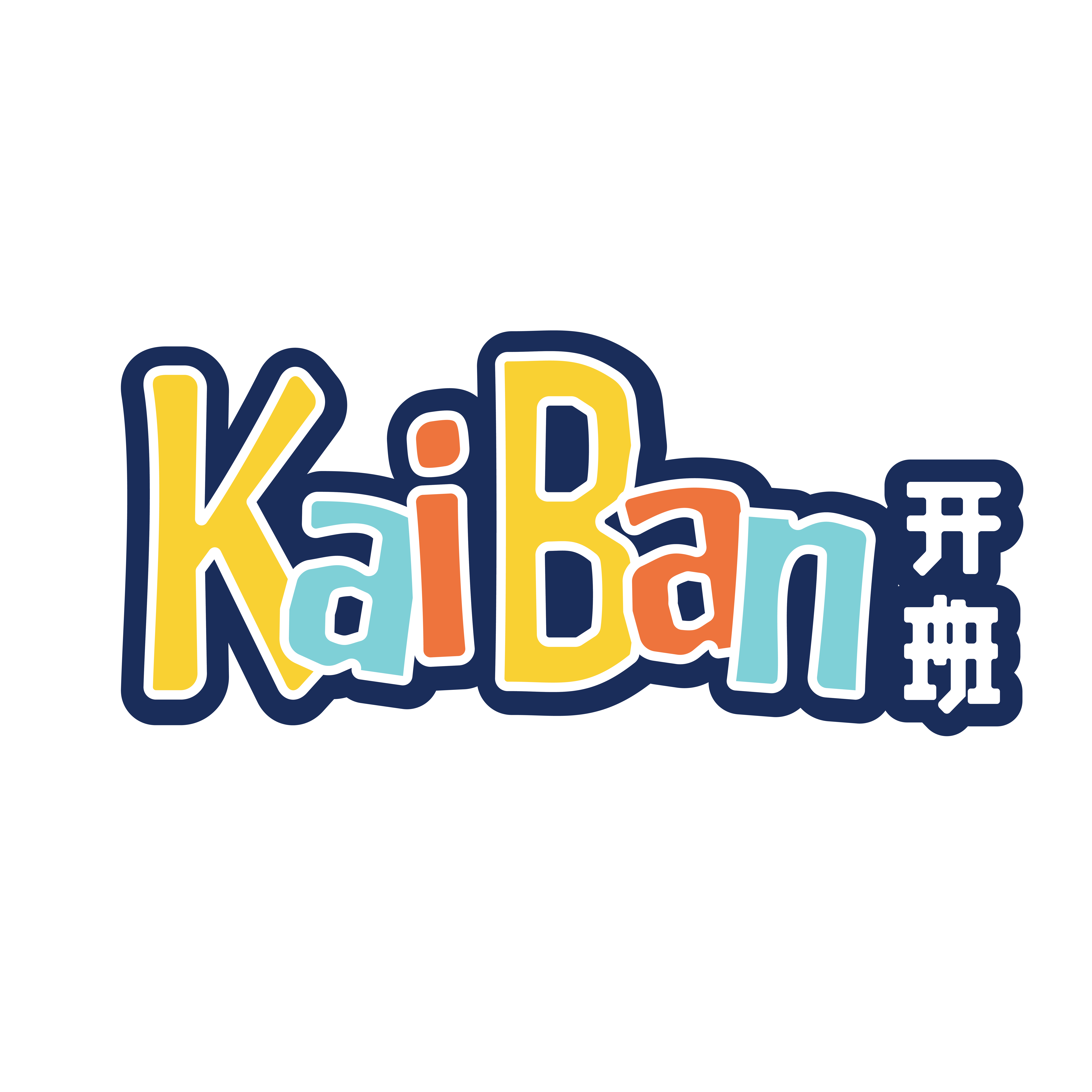Understanding family words in Chinese is essential for language learners, as Chinese kinship terms are much more specific than those in English. Unlike English, where words like “uncle” or “cousin” can cover multiple relationships, Mandarin Chinese distinguishes family members based on age, gender, and whether they are on the maternal or paternal side. This guide will break down the complex Chinese family tree, making it easier for learners to navigate Chinese culture and family relationships.
If you’re looking for more easy ways to expand your vocabulary, be sure to check out this blog post: Expand Your Vocabulary: 25 Essential Mandarin-English Cognates.
Why Understanding Chinese Family Terms is Important
In Chinese society, family relationships hold great importance, deeply rooted in traditions of filial piety and respect for elders. Knowing the correct title for each family member shows cultural awareness and respect. Whether you’re engaging with Chinese people or learning the Chinese language, mastering these terms will help you sound more fluent and culturally knowledgeable.
Key Chinese Family Terms
Immediate Family Members
- Father (父亲 – fùqīn)
- Mother (母亲 – mǔqīn)
- Older Brother (哥哥 – gēge)
- Younger Brother (弟弟 – dìdi)
- Older Sister (姐姐 – jiėjie)
- Younger Sister (弟弟 – mèimei)
Paternal Side Family Members
- Paternal Grandfather (父禾 – yéye)
- Paternal Grandmother (奶奶 – nâinai)
- Father’s Older Brother (大叔 – dàshū)
- Father’s Younger Brother (二叔 – èrshū)
- Father’s Sister (姐姐 – gūgu)
Maternal Side Family Members
- Maternal Grandfather (外公 – wàigōng)
- Maternal Grandmother (外婆 – wàipó)
- Mother’s Brother (大舅 – dàjiù)
- Mother’s Sister (大姐 – dàyí)
How Chinese Kinship Differs from Western Culture
Fun Facts About Chinese Family Terms
- Extended Families are Common: Unlike the typical nuclear family in the West, Chinese families often live together across multiple generations.
- A Child’s Full Name Reflects Heritage: Family names are always mentioned first in Chinese culture.
- Kinship Terms in Chinese TV Shows: Many Chinese dramas and TV shows emphasize family bonds and traditional values.
- Importance of Family Reunions: The Spring Festival (Chinese New Year) is a key time when extended families come together.
Practical steps you can take to help their early learners master Chinese family words:
- Use Daily Conversations – Incorporate Chinese family terms into everyday interactions, like referring to “妈妈 (māma)” for mom or “爸爸 (bàba)” for dad.
- Label Family Photos – Create a family tree with pictures and label each family member with their Chinese title.
- Sing Songs & Rhymes – Find catchy Chinese songs about family members to make learning fun and memorable.
- Read Bilingual Books – Choose children’s books that introduce family words in both English and Mandarin.
- Practice with Flashcards – Use visual flashcards with pictures and words to reinforce recognition and pronunciation.
- Engage in Role-Playing – Act out family scenarios, like visiting “爷爷 (yéye)” (grandfather) or “奶奶 (nǎinai)” (grandmother), to bring words to life.
- Watch Chinese Cartoons – Find age-appropriate Mandarin cartoons that introduce family vocabulary in context.
- Encourage Repetition – Reinforce learning by asking your child to recall and use the words frequently.
- Celebrate Family Traditions – Introduce cultural events like Chinese New Year, where family words are naturally used and emphasized.
- Play Interactive Games – Use apps, matching games, or scavenger hunts to make learning fun and engaging.
By integrating these steps into daily routines, you can create an immersive learning environment that strengthens both language skills and family connections.
How to Learn Chinese Family Vocabulary Effectively
- Use flashcards to memorize terms.
- Watch Chinese dramas to hear terms in context.
- Practice speaking with native speakers to learn the proper way to address family members.
- Refer to a Chinese family tree diagram to visually understand relationships.
Mastering Chinese family words is a fundamental step in supporting early learners on their language journey. Kaiban was built on the foundation of family, making it even more meaningful to understand these connections. While the system may seem complex, learning the correct Chinese vocabulary for family relationships will help young learners engage more naturally and confidently. Start practicing today and embrace the richness of Chinese culture, traditions, and the deep value of family bonds!
Want to learn more about how the KaiBan Community was started? You can check that story out HERE.





